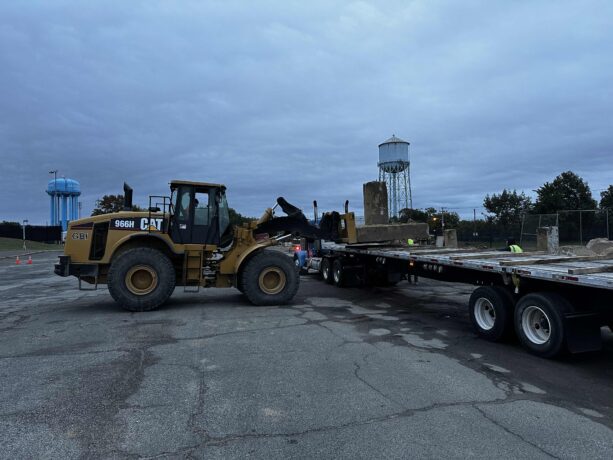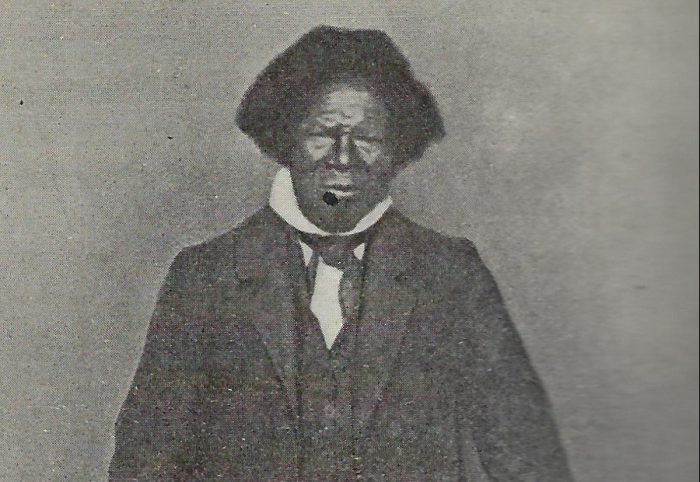The Town of North Hempstead is donating concrete bases from Michael J. Tully Park that are no longer in use to aid in the Fire Island artificial reef reconstruction, a state project to promote local marine habitat diversity through recycled materials.
“I love when positive developments in our town and our state overlap, and this is a perfect example,” North Hempstead Town Supervisor Jennifer DeSena said. “A green environment and a green economy can co-exist, and we’re happy to bring materials from the Tully Park reconstruction for this fantastic artificial reef.”
The New Hyde Park park parking lot is being renovated and the precast concrete bases formerly used as the base of parking lot lights are no longer to be used. Instead of being thrown out, the bases will be recycled as part of the artificial reef reconstruction, which is reliant on recycled building materials.
The Fire Island reef is 850 acres located two nautical miles south of the Fire Island Lighthouse.
The project, which is part of the New York State Artificial Reef Program established in 1962, utilizes recycled, contaminate-free materials to rebuild marine habitats amid losses of natural reef structures.
Materials used range from rock, concrete and steel for the department’s patchwork reef reconstruction, which deploys the recycled material among the remaining natural habitats.
Materials currently used to reconstruct the Fire Island reef are five vessels, 13 barges, two boat hulls, six pontoons, surplus armored vehicles, two drydocks, Tappan Zee Bridge materials, 16 steel center beam railcars, two steel miter gates, one steel tainter gate, steel bridge girders, steel lift bridge sections, steel pipe, steel lifting towers, rock, concrete cesspool rings, concrete forms, concrete slabs, and rubble.
The New York State Artificial Reef Program is led by the New York State Department of Environmental Conservation. The Fire Island reef is one of nine man-made coral reefs in the Atlantic Ocean on the south shore of Long Island. There are another five reefs in the Long Island Sound and two in Great South Bay,
The purpose of the project is to promote marine habitats through enhancements to the biologically diverse areas.































